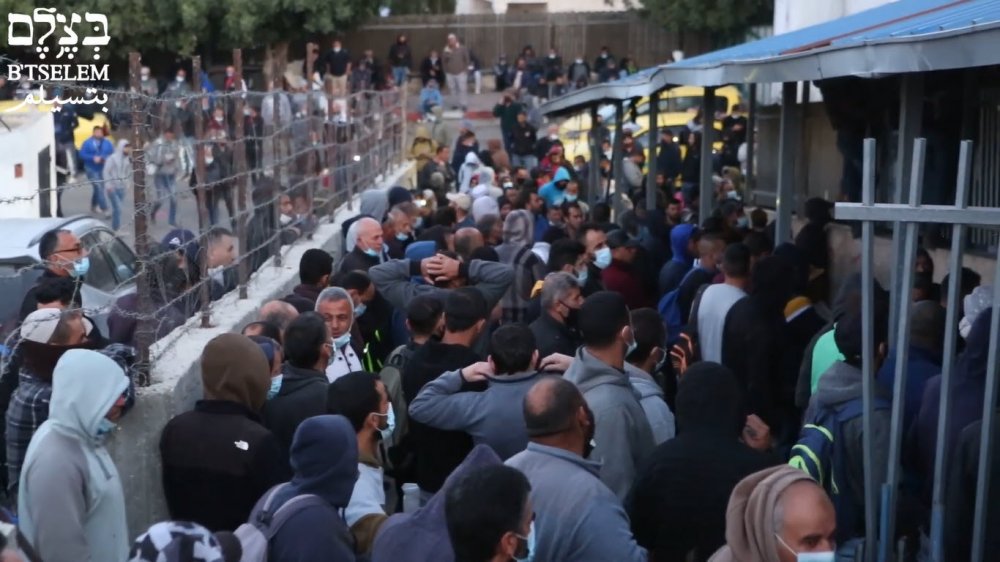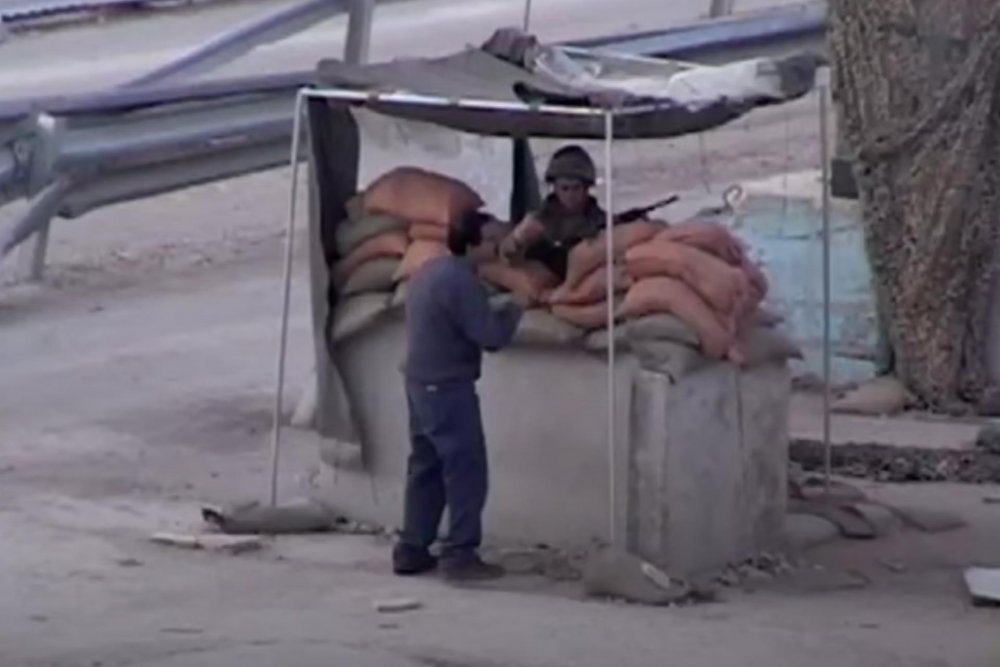
Access, Mobility, and Fragmentation
Closure and Access to Jerusalem
Jerusalem is known as an open, international, “city of peace.” For millions of Palestinians, however, it is a closed city, virtually unreachable, as unknown and unknowable as the sea. Here we explore closure, Israel’s system that controls movement based on identity and thereby profoundly alters the fabric of the city and its hinterland.
Featured in This Topic
What’s it like to live behind a military checkpoint in your own city?
The hazards of driving while Palestinian
What is closure, and how does it block Palestinians with certain IDs from moving freely? We asked Yael Berda, who worked within and studied this little-understood bureaucracy.
The right to medical treatment and even to relieve oneself are compromised by Israeli checkpoints, especially when extended closures are enforced.
Family events and celebrations are rarely stress free, thanks to ever-lurking checkpoints and soldiers’ whims.
An interactive map of the checkpoints around Jerusalem that control Palestinian access to the city
How hundreds of thousands of Palestinians are banned from ever entering Jerusalem
How many millions of Palestinians in historic Palestine and beyond are unable to enter Jerusalem without Israeli permission?

The agony and dehumanizing experience of the “morning commute” for Palestinians who hold Palestinian Authority (PA) ID cards and must enter Israel to feed their families.
A young pregnant woman summons inner strength to get around a checkpoint while on the verge of giving birth.

A seven-year chronicle of the surreal world of Qalandiya checkpoint and all its everyday humiliations, indignities, and absurdities
The closure of Jerusalem means severe hardships for those outside the city who seek care that is only available in it. Salma, a cancer patient, shares.
The Story in Numbers
32 Years
Since the first closure of the West Bank and Gaza in January 1991, and the introduction of the permit regime [1]
18
Checkpoints controlling access to Jerusalem [2]
26,000
Estimated number of Palestinians who pass through Qalandiya checkpoint, the major access point between Ramallah and Jerusalem, each day [3]
3
Number of checkpoints that all Palestinians with PA IDs are allowed to use to access Jerusalem [4]
15,000
Estimated number of Palestinians who pass through Checkpoint 300, the major checkpoint between Bethlehem and Jerusalem, each day [5]
4.6 million
Palestinians living within the occupied West Bank and Gaza who cannot enter Jerusalem without a permit [6]
100+
Types of permits required for Palestinians with Palestinian Authority IDs to move from place to place for every possible life circumstance [7]
0
Types of permits required for Jews with Israeli IDs to move from place to place [8]
500,000+
Palestinians banned permanently from Jerusalem for 1–99 years [9]
Notes
1. See Jerusalem: A Closed City.
2. See Checkpoints, Part 1: Severing Jerusalem.
3. Harrison Jacobs, “I Took the Excruciating 10-mile Journey through Israel’s Most Notorious Military Checkpoint That Adds Hours to the Daily Commute for 26,000 Palestinians,” Business Insider, August 7, 2018.
4. See Checkpoints, Part 1: Severing Jerusalem.
5. ActiveStills, “Checkpoints: Israel’s Military Checkpoints: ‘We Live a Life of Injustice,’” Al Jazeera, 2018.
6. See The Unreachable City.
7. See Jerusalem: A Closed City.
8. See Closure and the Dismemberment of Jerusalem.
9. See Banned from Entry.
A short vlog chronicling the general strike observed among Palestinian stores in East Jerusalem on October 12, 2022
Israel imposes total closure during the Jewish holidays. For those who don’t celebrate, this means days of immobility both in the city and around it.

